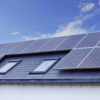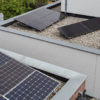For most of us, the power bill at the end of the month is the only way to know how much power was consumed. Maybe the bill gave you a lump in your throat a couple of times which was how you knew something was amiss the month before. But, even if your power consumption seems reasonable, there may be ways to bring it down even further.
Unused appliances on standby mode alone can cost you upto 10% more in power bills, or $100-$150 annually. This is if you put a device on sleep mode or even just connect it to the power socket with the switch turned on.
There are a lot of savings to be made by understanding your home’s energy consumption pattern and creating systems that ensure all appliances are used efficiently. Let’s begin.
How to Know What Your Appliances are Consuming
The simplest way to get a breakdown of your home’s power habits is to take a look at each thing plugged into the wall and figure out how it’s using electricity. You will need three pieces of information to know this.
The appliance’s wattage: All electrical appliances have a power rating shown as watts used per hour. For instance, a TV can use anywhere from 50 to 200 watts of power, while water heaters can easily cross 300 watts. You can find your appliance’s power rating on its sticker at the back, which looks like this:
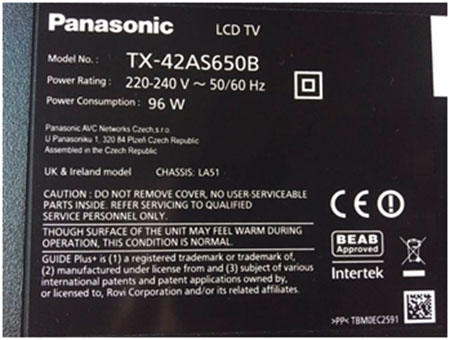
Number of hours used: How long is the appliance used in a day.
Cost of electricity: This is the rate at which your utility sells you electricity in kilowatt hours, or kWh (1000 watts/hour). Standard rates vary from 21c/kWh to 32c/kWh depending on where you live. You can use your bill to find out how much your electricity retailer charges you.
To calculate an appliance’s power consumption, simply multiply its wattage by the number of hours it is used. So, if a TV is rated at 96 watts and is used 4 hours every day, then its daily power consumption is 384 watts (96 watts X 4 hours), or 2,884 watts (2.88 kWh) over a month.
Do the same for all the appliances and list out the readings in a table. You should now have a fairly good idea of your home’s electrical inventor’s power profile.
In all probability though, your readings will be much lower than what your electricity bill states even if you do manage to get a good idea of what all your electrical and electronic appliances are using when they are turned on. This is because we haven’t factored in phantom, or vampire power yet.
Phantom power is electricity an appliance uses when it is connected, but not turned on. Figuring out which appliance is being an energy vampire can be quite hard though since manufacturers don’t usually declare how much power their products use in standby mode. Toasters, washing machines, microwave ovens etc use power for their internal timers and clocks even when they are turned off.
Figuring out your appliance’s phantom drain is confabulated by the fact that newer versions of a device might be more efficient than their older peers. You can either check for each appliance’s standby power rating on its sticker, or hunt it down online. Here’s a table showing how much energy typical household devices use in standby mode:

Consider factoring in each appliance’s standby energy consumption into your power consumption table. Basically, if a device is capable of standby mode and is plugged into a socket that is turned on throughout the day, then it’s running 24/7.
Tracking Your Energy Consumption, the Easy Way
Obviously, keeping a constant track of how every device in your home is working can get very tedious. Fortunately, there are a few tried and tested solutions you can use to bring down your power consumption with minimal effort.
Try out an electricity usage monitor: A power use monitor is by far the best, albeit slightly costly way to know your home’s electricity usage. These are essentially small electricity meters that plug into a socket and into which you plug an appliance. They then run like a normal meter, letting you know how much power the device is drawing.
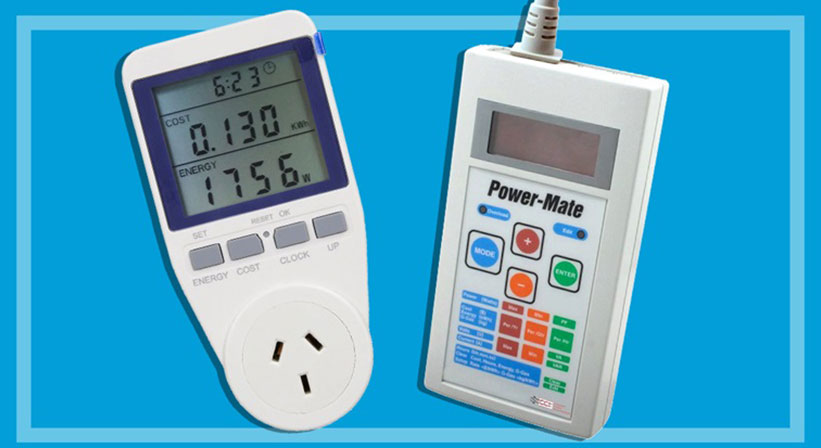
These devices cost between $24 to $300 depending on features and capabilities. The best energy monitors are web-based, can accommodate multiple devices, break down their energy usage and even tell you your carbon footprint.
Ideally, you will want to install a monitor on all the major outlets. But, if this proves to be too expensive, you can also rotate one through all your devices to get a reading on their power draw.
We’re only trying to find out how much your appliances are drawing after all. Once you have an idea, you can use the suggestions below to control their usage.
Use a smart power plugs/strip: Smart plugs look like adapters with a socket in which you can plug in a device. They are WiFi enabled and can bring your entire home’s energy management to your smartphone. Smart plugs/strips can be turned on or off at certain times of the day.
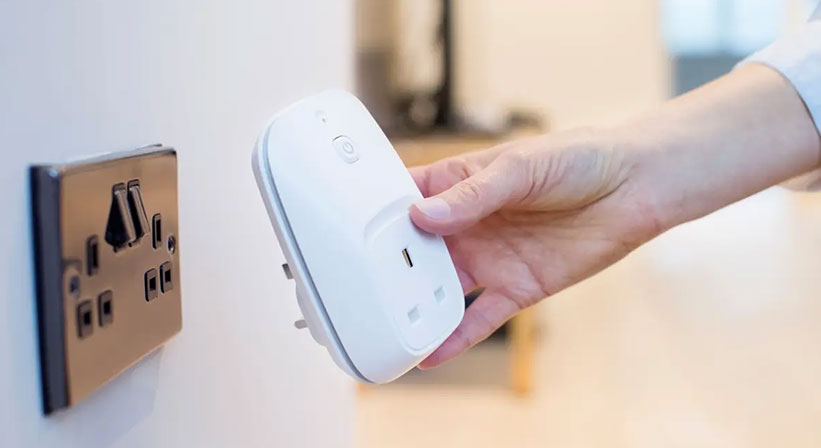
You can program a smart plug to turn on or off and some of the more advanced boards can even help you track energy usage via a graph in your phone’s app. Smart powerstrips are the same, but have multiple socket points.
You should know that smart plugs and strips themselves use energy so long as the socket they are plugged into is turned on. This is because they need to stay connected to your WiFi network to work. While the vampire draw here will be negligible, you can use them for more demanding appliances to keep it to a minimum.
Use a master/slave power board: Master/slave powerboards are sem-smart boards that turn off related devices when the master device is switched off. These boards are mostly useful for office equipment like computers, printers, photocopiers, desktop lighting, smartphone chargers etc.
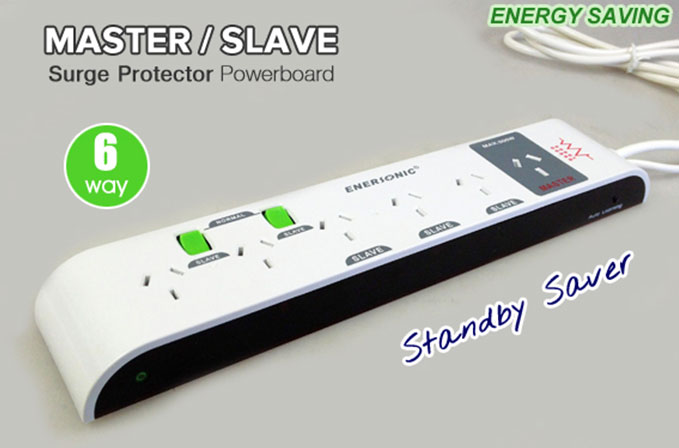
For example, you can plug your main computer into the “master” socket of a board and printer, and monitor to the slave sockets. When you turn your PC off, the board will automatically turn off the printer and monitor as well.
Go Solar and Save Big
The above mentioned steps will no doubt help you to take a few $$ off your electricity bill, but they won’t exactly make a dent in the universe, if you know what we mean. If you’re really looking for energy independence, or want to significantly reduce your power usage or carbon footprint, then going solar really is the best way moving forward.
As Australia’s premier solar search engine, bidmysolar™ can help you find the best solar installers, panels and systems at the best possible prices. Our customers have saved $3,100 on average on their solar installations and so can you.
Check out our Advanced System Design process to see how bidmysolar™ creates customized solar solutions for our customers. Or feel free to call us at 1300-004-600 for a consultation.


